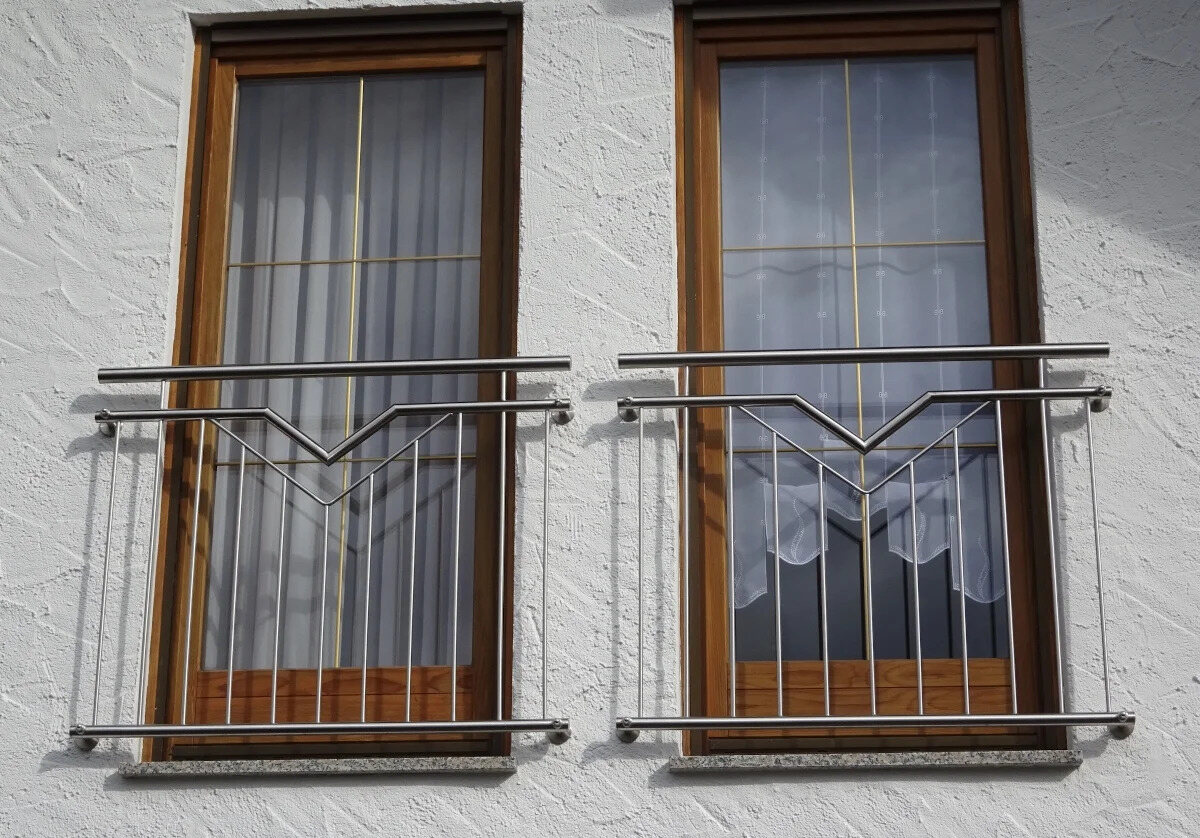

Articles
What Is A French Balcony?
Modified: January 6, 2024
Discover the charming allure of a French balcony and its unique features in this informative article. Explore the elegance and functionality of this architectural element.
(Many of the links in this article redirect to a specific reviewed product. Your purchase of these products through affiliate links helps to generate commission for Storables.com, at no extra cost. Learn more)
Introduction
A French balcony is a beautiful architectural feature that adds both aesthetic appeal and functionality to a building. This type of balcony may not be as spacious as traditional balconies but is renowned for its elegance and charm. Whether you live in an urban apartment or a countryside villa, a French balcony offers a unique way to enjoy the outdoors while adding a touch of sophistication to your living space.
In this article, we will explore the ins and outs of French balconies, from their definition and historical background to their design features and popular applications. We will also discuss the benefits and drawbacks of having a French balcony, as well as important safety considerations to keep in mind.
So, if you’re curious to learn more about this classic architectural element and how it can enhance the beauty and functionality of your home or building, read on!
Key Takeaways:
- French balconies, also known as Juliet balconies, are elegant architectural features that provide a seamless indoor-outdoor connection while adding a touch of sophistication to any building.
- While French balconies offer aesthetic appeal and space optimization, they come with limitations and safety considerations that require careful planning, maintenance, and adherence to safety standards.
Read more: What Is French Balcony On River Cruise
Definition of a French Balcony
A French balcony, also known as a Juliet balcony, is a small platform or railing that projects from the exterior wall of a building. It typically does not have a floor extension, meaning that it lacks the space to walk or stand on. Instead, it serves as a decorative element and an open-air window-like feature that provides a panoramic view of the surroundings.
French balconies are usually found on upper floors and are most commonly associated with French architecture, hence the name. However, they can be seen in various architectural styles around the world, adding a touch of elegance and charm to both historical and contemporary buildings.
Unlike traditional balconies, which extend from the building and provide a larger outdoor space, French balconies are more compact in size. They often feature ornate wrought iron railings and are designed to create the illusion of an outdoor area, even though they lack the depth and walking space.
The primary purpose of a French balcony is to allow natural light and fresh air to flow into the building. It serves as an extension of the indoor living space, blurring the line between the interior and exterior. French balconies are typically installed in bedrooms, living rooms, or any other areas where occupants can enjoy the view and feel connected to the outdoors without actually stepping outside.
Historical Background of French Balconies
The origins of French balconies can be traced back to the Renaissance period in Europe, particularly in France and Italy. During this time, architects and builders began incorporating decorative elements into buildings, inspired by the classical architecture of ancient Greece and Rome.
In France, French balconies gained popularity during the 17th and 18th centuries. They were predominantly found in grand palaces, luxurious townhouses, and elegant apartments in cities like Paris and Versailles. These balconies were not only aesthetically pleasing but also served a practical purpose, allowing residents to enjoy the view and fresh air from the safety of their homes.
French balconies were heavily influenced by the architectural style of the time, which featured elaborate ornamentation and intricate wrought ironwork. The wrought iron railings of French balconies were crafted with exceptional craftsmanship, often incorporating decorative motifs such as floral patterns, scrolls, and curvilinear designs.
During the 19th century, French balconies became more widespread and were incorporated into various architectural styles, including Neoclassical, Rococo, and Art Nouveau. The popularity of balconies extended beyond France, with many European countries adopting this architectural element in their buildings as well.
In the modern era, the concept of French balconies has evolved to fit contemporary architectural trends. Today, they can be found in both historic buildings and newly constructed structures, adding a touch of elegance and romance to urban landscapes.
French balconies have become synonymous with sophistication and provide a visual connection between the interior and exterior spaces. They continue to be cherished by architects, designers, and homeowners for their timeless beauty and contribution to the overall character of a building.
Architectural Features and Characteristics of French Balconies
French balconies are characterized by their unique architectural features, which contribute to their distinct appearance and functionality. Here are some key elements that define French balconies:
1. Railings: The most prominent feature of a French balcony is the railing. Typically made of wrought iron or other metals, the railings are intricately designed with ornate patterns and decorative motifs. The railings not only provide safety but also add a touch of elegance and visual appeal to the balcony.
2. Balustrade: The balustrade is the name given to the row of balusters or vertical supports that hold up the railing. In French balconies, the balustrade is often made of the same material as the railing and complements its design.
3. Juliette doors or windows: French balconies are usually accompanied by Juliette doors or windows. These are large, floor-to-ceiling doors or windows that open inward, allowing for ample natural light and ventilation. The doors or windows often feature decorative frames and molding to match the style of the balcony.
4. Protrusion: French balconies project out from the building’s facade, creating a visual extension from the interior space. The depth of the protrusion may vary depending on the building’s design, but it is generally smaller compared to traditional balconies.
5. Lack of floor space: Unlike traditional balconies, French balconies do not have an extended platform or floor space for standing or seating. They are primarily decorative, offering a view of the outside without providing physical access to the outdoors.
6. Decorative elements: French balconies are known for their decorative elements, including intricate ironwork, filigree patterns, and decorative motifs. These details add visual interest and elegance to the balcony and are often customized to match the overall architectural style of the building.
These architectural features make French balconies a distinctive and visually appealing addition to any building. They combine functionality with aesthetics, allowing occupants to enjoy the outdoors while maintaining a connection to the interior space.
Materials Used in French Balcony Construction
French balconies are constructed using a variety of materials, each offering its own unique characteristics in terms of strength, durability, and aesthetic appeal. Here are some commonly used materials in French balcony construction:
1. Wrought Iron: Wrought iron is a classic material commonly associated with French balconies. It is known for its strength, durability, and intricate designs. Wrought iron railings and balusters are often used to create elaborate and decorative patterns, adding a touch of elegance and sophistication to the balcony.
2. Steel: Steel is another popular choice for constructing French balconies. It provides excellent structural support and can accommodate different design styles. Steel balconies can be customized to suit various architectural preferences, and they offer a sleek and modern aesthetic.
3. Aluminum: Aluminum is a lightweight and corrosion-resistant material commonly used in French balcony construction. It is ideal for coastal areas or environments with high humidity. Aluminum balconies are available in a variety of finishes, making them a versatile choice for contemporary designs.
4. Glass: Glass panels or balustrades are sometimes incorporated into French balcony design to provide unobstructed views and create a seamless connection between the interior and exterior spaces. Glass adds a modern and minimalist touch, allowing for maximum light penetration and a sense of openness.
5. Wood: While less common, wood can also be used in French balcony construction. Wood balconies offer a rustic and charming aesthetic, particularly in traditional or farmhouse-style buildings. However, it is important to choose a durable and weather-resistant wood species to ensure longevity and minimize maintenance requirements.
It is worth noting that the choice of material for a French balcony will depend on factors such as budget, architectural style, local building codes, and personal preference. A combination of materials can also be used to achieve a unique and customized look.
When selecting materials for a French balcony, it is essential to consider their durability, resistance to weather and corrosion, as well as their ability to withstand the test of time. Proper maintenance and periodic inspections are necessary to ensure safety and longevity of the balcony structure.
A French balcony is a railing with a door that opens onto a small, shallow balcony, providing the appearance of a full balcony without the space. It’s a great way to add charm and natural light to a room.
Benefits and Drawbacks of French Balconies
French balconies offer several benefits that contribute to their popularity among homeowners and building occupants. However, like any architectural feature, they also come with certain drawbacks. Let’s explore the advantages and disadvantages of French balconies:
Benefits:
- Aesthetic Appeal: French balconies add a touch of elegance and charm to any building. The ornate wrought iron railings and decorative features enhance the overall aesthetic appeal, creating a visually pleasing architectural element.
- Indoor-Outdoor Connection: French balconies provide a seamless connection between the indoor and outdoor spaces. They allow natural light to flow into the building and offer beautiful views of the surroundings, creating a sense of openness and connection to the outdoors.
- Space Optimization: French balconies are a great option for buildings with limited outdoor space. They provide the benefits of a balcony without taking up much floor area. This is particularly beneficial in urban areas or compact living spaces.
- Privacy: Unlike traditional balconies that are open and exposed, French balconies offer a level of privacy. Occupants can enjoy the view and fresh air while maintaining a sense of seclusion and security within their homes.
- Increased Property Value: A well-designed and well-maintained French balcony can enhance the overall value and appeal of a property. It adds a desirable feature that can attract potential buyers or tenants.
Drawbacks:
- Limited Space: One of the main drawbacks of French balconies is their limited space. They offer a smaller surface area compared to traditional balconies, making it challenging to use them for seating or recreational purposes.
- Minimal Outdoor Experience: Since French balconies do not have an extended platform or floor space, occupants miss out on the full outdoor experience that traditional balconies can provide. They are limited to enjoying the view and fresh air without physically stepping outside.
- Maintenance: The elaborate designs and intricate details of French balconies can make them more challenging to maintain. Regular cleaning and upkeep, including rust prevention for metal balconies, may be required to keep them in pristine condition.
- Safety Concerns: Balconies, including French balconies, come with safety considerations. It is crucial to have appropriate railings and ensure their structural integrity to prevent accidents and falls.
- Cost: French balconies can be more expensive to install compared to simpler balcony designs. The choice of materials, intricate detailing, and customization can increase the overall cost of construction.
Considering both the benefits and drawbacks can help individuals make an informed decision about incorporating a French balcony into their building or home. It is important to weigh the aesthetic appeal and indoor-outdoor connection with the limitations and maintenance requirements that come with this architectural feature.
Popular Uses and Applications of French Balconies
The versatility and aesthetic appeal of French balconies make them suitable for various residential and commercial applications. Here are some popular uses and applications of French balconies:
- Residential Buildings: French balconies are commonly found in residential buildings, including apartments, townhouses, and single-family homes. They provide an opportunity for residents to enjoy the view and fresh air from their living spaces, particularly in urban environments where outdoor space may be limited.
- Hotels and Resorts: French balconies are often incorporated into hotel rooms and luxury resorts. They add a touch of romance and elegance to the guest experience, allowing visitors to enjoy breathtaking views and create a more immersive connection with their surroundings.
- Historical and Heritage Buildings: French balconies are prevalent in historical and heritage buildings, particularly those with classical and traditional architectural styles. They contribute to the overall aesthetic beauty of these structures and help preserve the original charm.
- Restaurants and Cafés: Restaurants and cafés often utilize French balconies to enhance the dining experience for their patrons. The balconies provide a charming and intimate ambiance, allowing customers to dine while enjoying the outdoor scenery.
- Urban Renovations and Revitalization Projects: French balconies are a popular choice for urban renovation and revitalization projects. They add a touch of architectural character to old buildings, breathing new life into the neighborhood and attracting residents and businesses.
- Commercial and Office Buildings: French balconies can be seen in commercial and office buildings as well. They add an element of sophistication and provide employees with access to natural light and views, creating a more pleasant and productive work environment.
- Artistic and Tourist Attractions: French balconies have become iconic architectural features in many cities and towns worldwide. They are often photographed and admired by tourists and are considered symbols of artistry, elegance, and cultural heritage.
Whether in residential, commercial, or public spaces, French balconies are appreciated for their aesthetic appeal and ability to enhance the indoor-outdoor connection. They offer a unique way to enjoy the benefits of a balcony while adding a touch of elegance and charm to any building or structure.
French Balcony Design Ideas and Inspirations
French balconies offer a myriad of design possibilities, allowing you to customize the look and feel to match your personal style and architectural preferences. Here are some design ideas and inspirations to help you create a stunning French balcony:
- Ornate Wrought Iron: Embrace the classic elegance of French balconies by incorporating ornate wrought iron railings and balusters. Opt for intricate scrollwork, floral motifs, or geometric patterns to add a touch of sophistication and detail to your balcony design.
- Glass Panels: For a modern and minimalist look, consider using glass panels instead of traditional railings. This will provide an unobstructed view and allow ample natural light to flow through, creating a seamless and open feel.
- Colorful Accents: Add visual interest and personality to your French balcony by incorporating pops of color. Paint the railings in bold and vibrant hues or choose colorful and patterned cushions for any seating arrangements on the balcony.
- Greenery and Plants: Bring nature closer to your French balcony by adding greenery and plants. Install flower boxes, hanging planters, or a vertical garden to create a lush and inviting atmosphere. The combination of natural foliage and the elegance of the balcony will create a captivating display.
- Decorative Lighting: Enhance the ambiance of your French balcony with carefully placed decorative lighting. Consider string lights, lanterns, or sconces to create a warm and inviting atmosphere during the evening hours.
- Cozy Seating: Make the most of your French balcony by incorporating comfortable seating options. Choose cozy chairs, cushioned benches, or even a small bistro table set to create a cozy and inviting space for relaxation and enjoying the view.
- Outdoor Art and Décor: Personalize your French balcony by incorporating outdoor art pieces or decorative accents. Hang a striking piece of artwork on the wall, install a small fountain, or place decorative sculptures or planters to add a touch of artistry and intrigue.
- Privacy Screens: If you desire additional privacy on your French balcony, consider adding privacy screens. These can be made from materials such as lattice, wood panels, or frosted glass to create a secluded space while still allowing light and air to pass through.
Remember, the design of your French balcony can be tailored to your individual taste and the architectural style of your building. Take inspiration from these ideas and let your creativity shine to create a truly unique and charming French balcony that reflects your personal style.
Safety Considerations for French Balconies
While French balconies are elegant and visually appealing, it’s important to prioritize safety when designing and utilizing them. Here are some essential safety considerations to keep in mind:
- Structural Integrity: Ensure that the French balcony is structurally sound and properly installed. The balcony should be securely attached to the building’s exterior wall and able to withstand wind loads and other potential stresses.
- Railing Height and Spacing: Check that the height of the balcony railing complies with local building codes and regulations. The spacing between railings or balusters should also be in line with safety standards to prevent children or pets from slipping through or getting stuck.
- Material Durability: Choose high-quality materials for your French balcony that are resistant to corrosion and deterioration. Regularly inspect the balcony for signs of wear, rust, or damage, and address any issues promptly to ensure its ongoing safety and stability.
- Surface Slippage: Consider the type of flooring or decking material used on the balcony. It should provide sufficient traction, especially when wet, to prevent slipping and accidents. Non-slip coatings or textured surfaces can be applied to enhance safety.
- Child Safety: If you have young children, take extra precautions to ensure their safety on the balcony. Install safety gates or childproof locks to prevent unsupervised access to the balcony area. Avoid placing furniture or other objects that can be used as climbing aids near the balcony.
- Fire Safety: Implement fire safety measures for your French balcony, especially if it is connected to a bedroom or living space. Install smoke detectors and ensure that windows or doors leading to the balcony can be easily opened in case of emergency. Familiarize yourself with the building’s evacuation procedures.
- Maintenance and Cleaning: Regularly clean and maintain your French balcony to keep it in safe condition. Remove debris, leaves, or any obstructions from the balcony surface or drainage points. Check for loose or sharp edges and address them promptly to avoid potential injuries.
- Supervision: Ensure that children and pets are supervised when accessing or using the French balcony. Educate family members and guests about the safety guidelines and potential risks associated with the balcony, especially if they are not familiar with it.
By taking these safety considerations into account, you can enjoy your French balcony with peace of mind, knowing that measures have been taken to ensure the well-being of everyone who utilizes the space.
Read more: What Is Balcony
Conclusion
French balconies are more than just a decorative feature; they are an architectural element that adds elegance, charm, and functionality to buildings. Whether you’re looking to enhance the aesthetic appeal of your home, create a romantic atmosphere in a hotel room, or add character to a historical building, French balconies offer a unique and sophisticated solution.
In this article, we explored the definition and historical background of French balconies, delving into their architectural features, materials used, and design inspirations. We discussed the benefits of French balconies, such as their ability to create a seamless indoor-outdoor connection, optimize space, and increase property value. However, we also highlighted the limitations and safety considerations associated with French balconies, emphasizing the importance of proper installation, maintenance, and adherence to safety standards.
French balconies have stood the test of time, remaining a sought-after architectural element in both residential and commercial buildings. Their allure lies in their ability to blend functionality with aesthetics, providing occupants with a way to enjoy natural light, fresh air, and stunning views while infusing elegance and sophistication into the building’s design.
As you consider incorporating a French balcony into your own space, remember to take into account your personal style, the architectural context, and the safety guidelines necessary to ensure a secure and enjoyable experience. Whether you prefer ornate wrought iron railings, modern glass panels, or a combination of materials, a well-designed French balcony can transform any space into a captivating oasis.
In conclusion, French balconies are timeless architectural features that offer both visual appeal and practicality. With careful planning, design, and attention to safety, a French balcony can truly elevate the beauty and functionality of your building, creating a space where you can relax, connect with nature, and enjoy the beauty of the outdoors.
Frequently Asked Questions about What Is A French Balcony?
Was this page helpful?
At Storables.com, we guarantee accurate and reliable information. Our content, validated by Expert Board Contributors, is crafted following stringent Editorial Policies. We're committed to providing you with well-researched, expert-backed insights for all your informational needs.
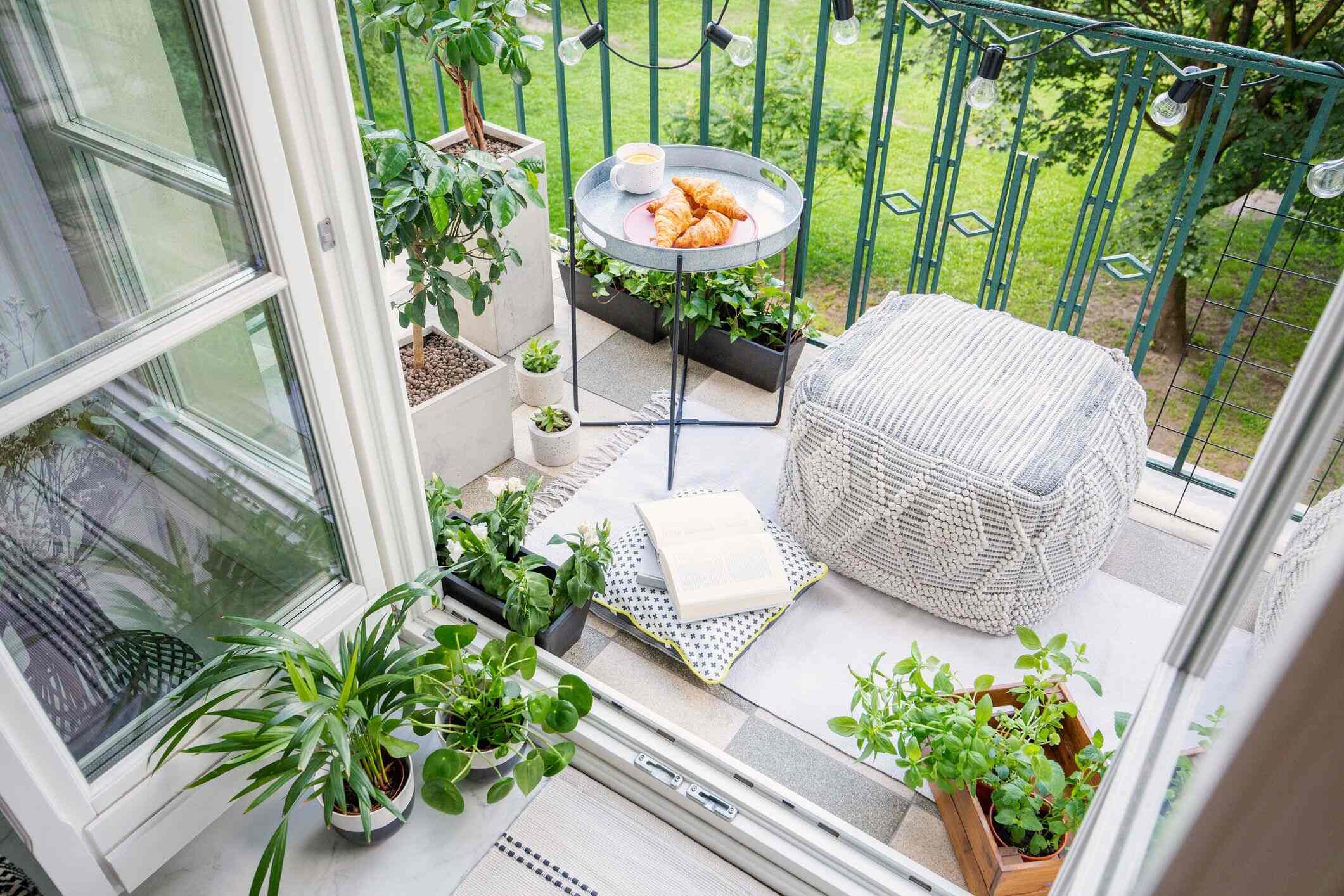
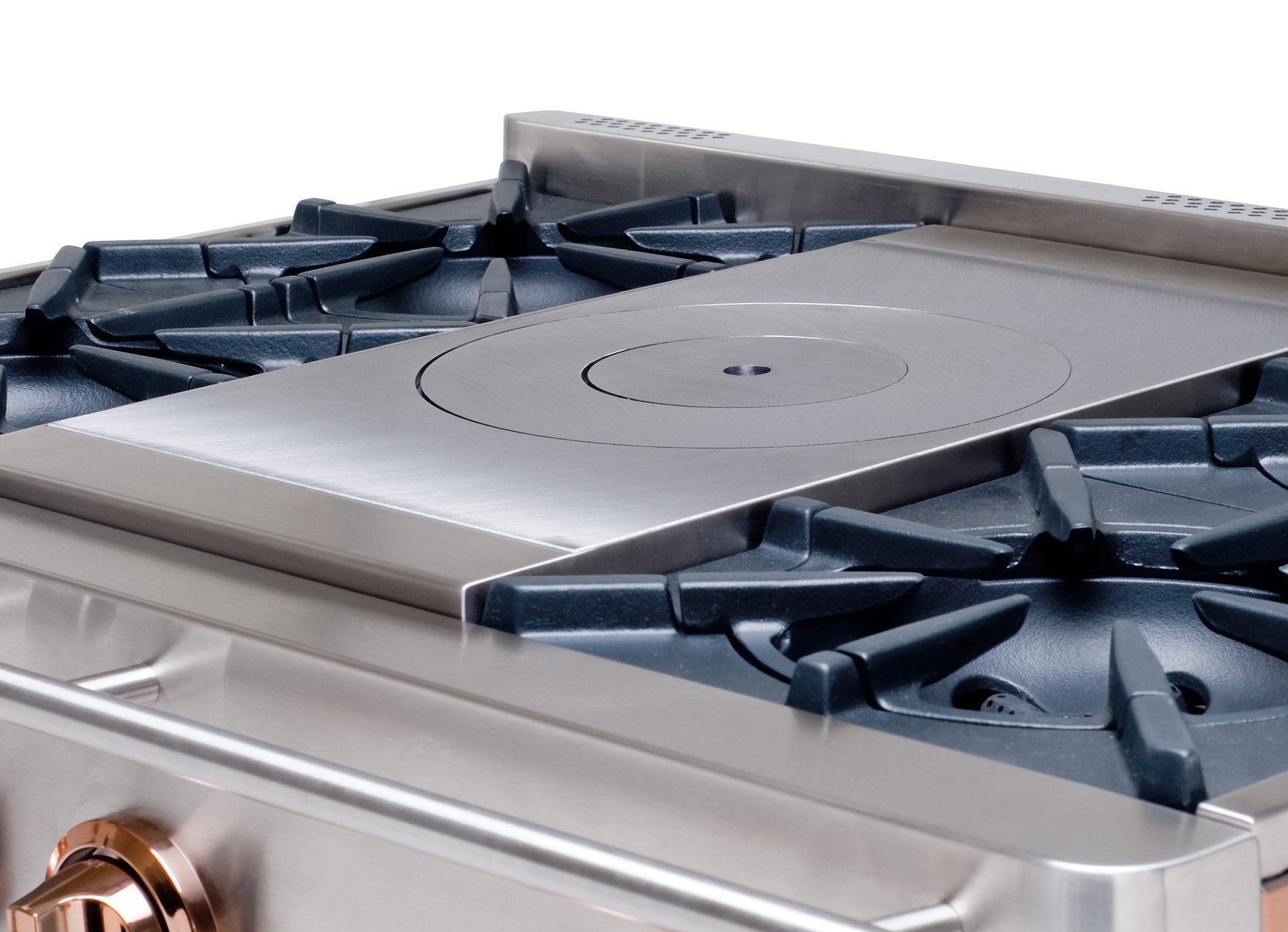
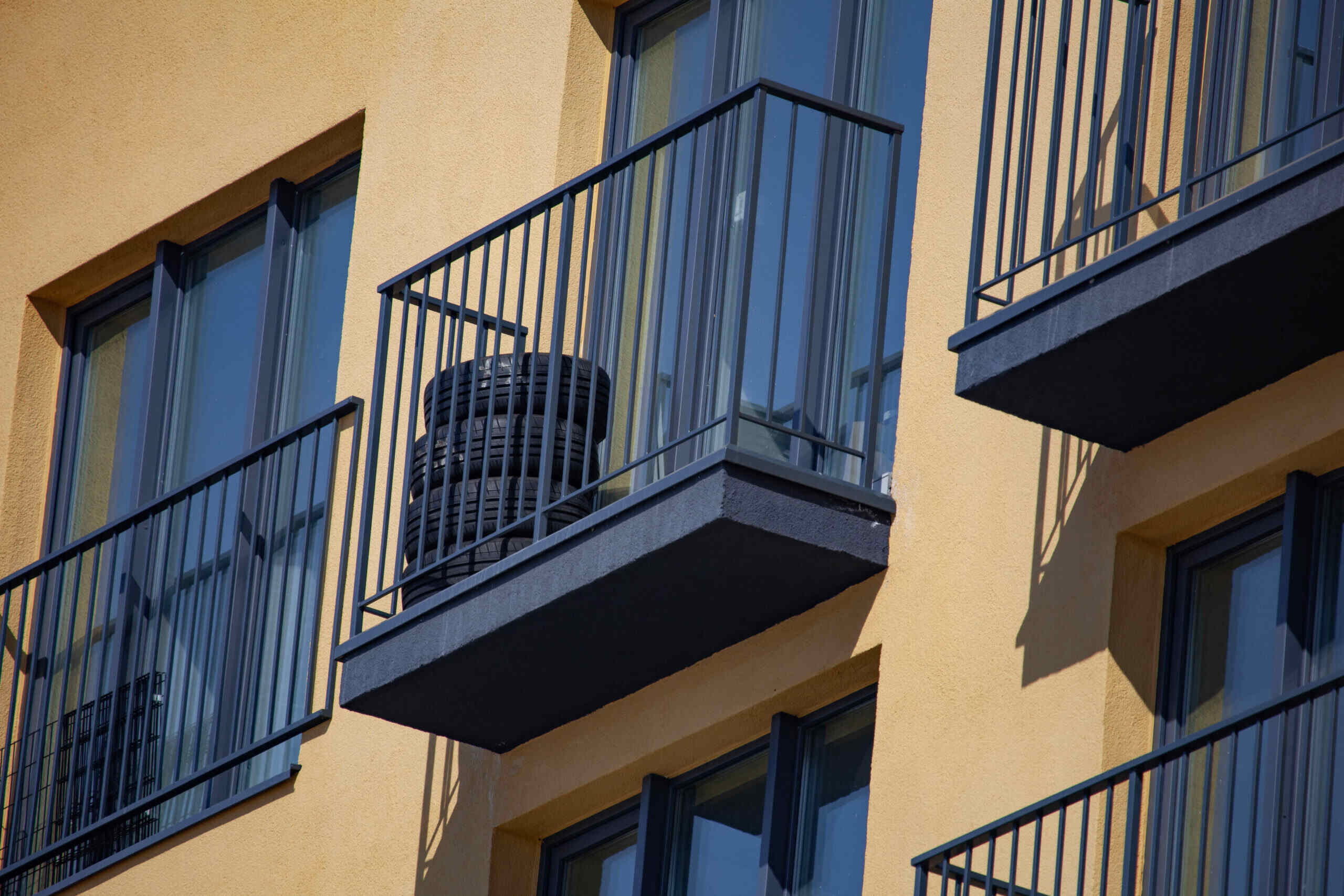
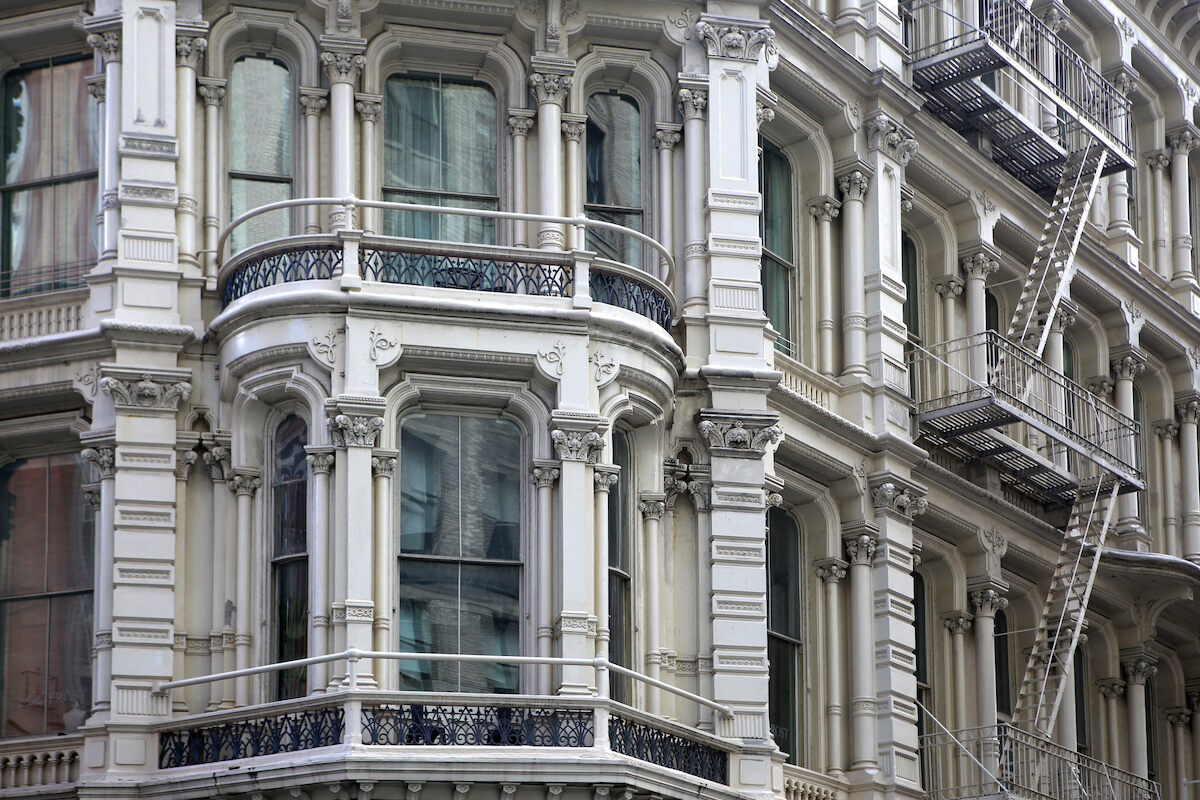
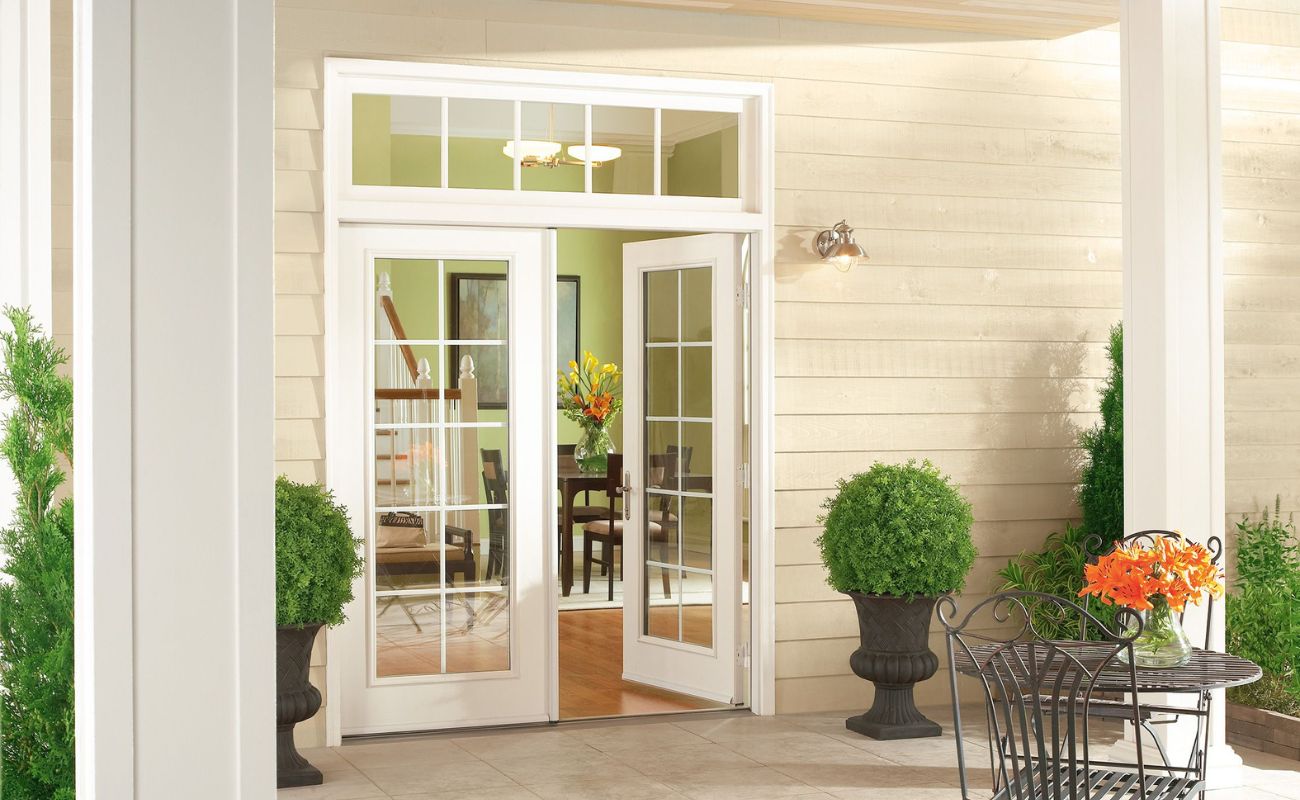
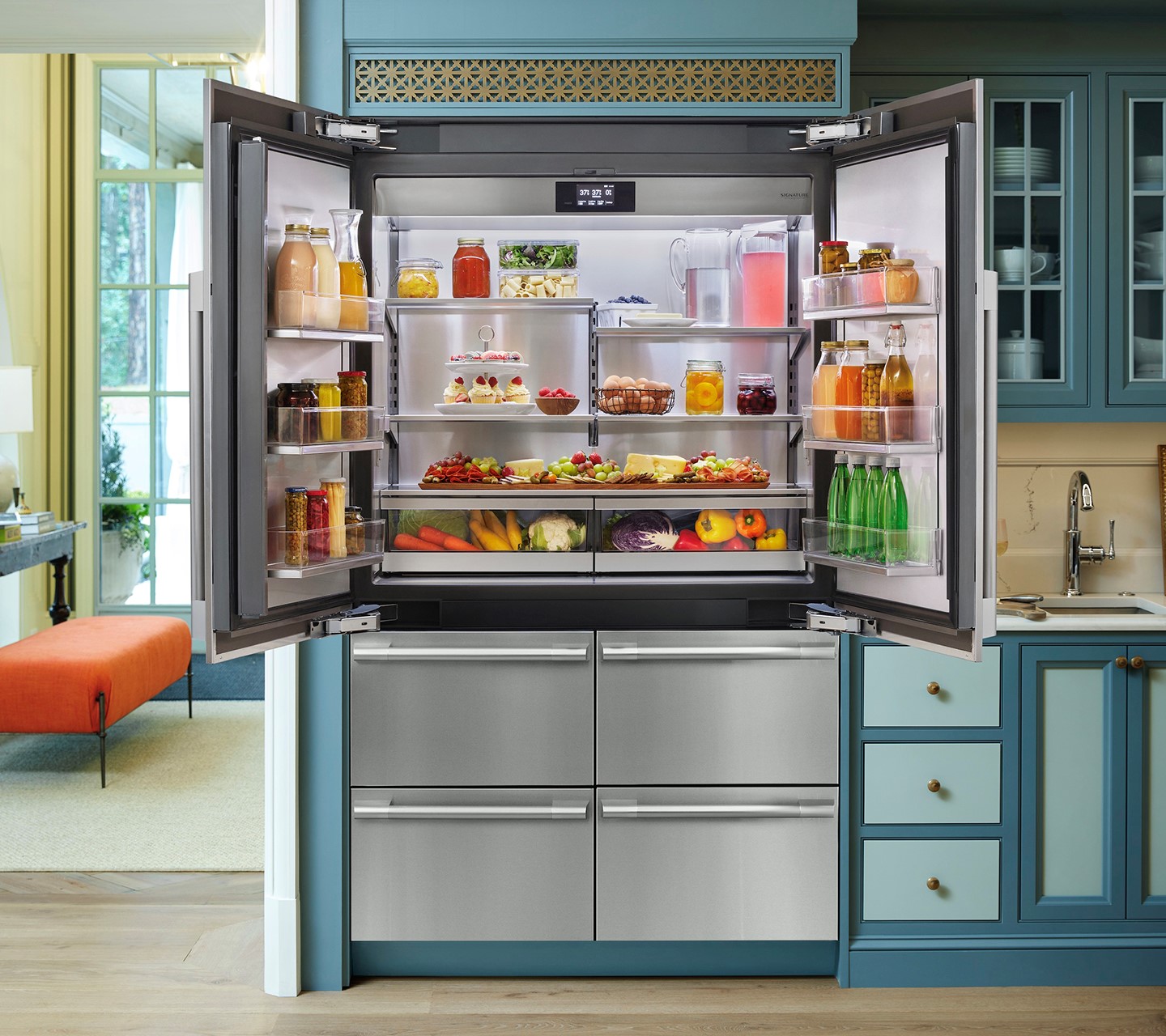
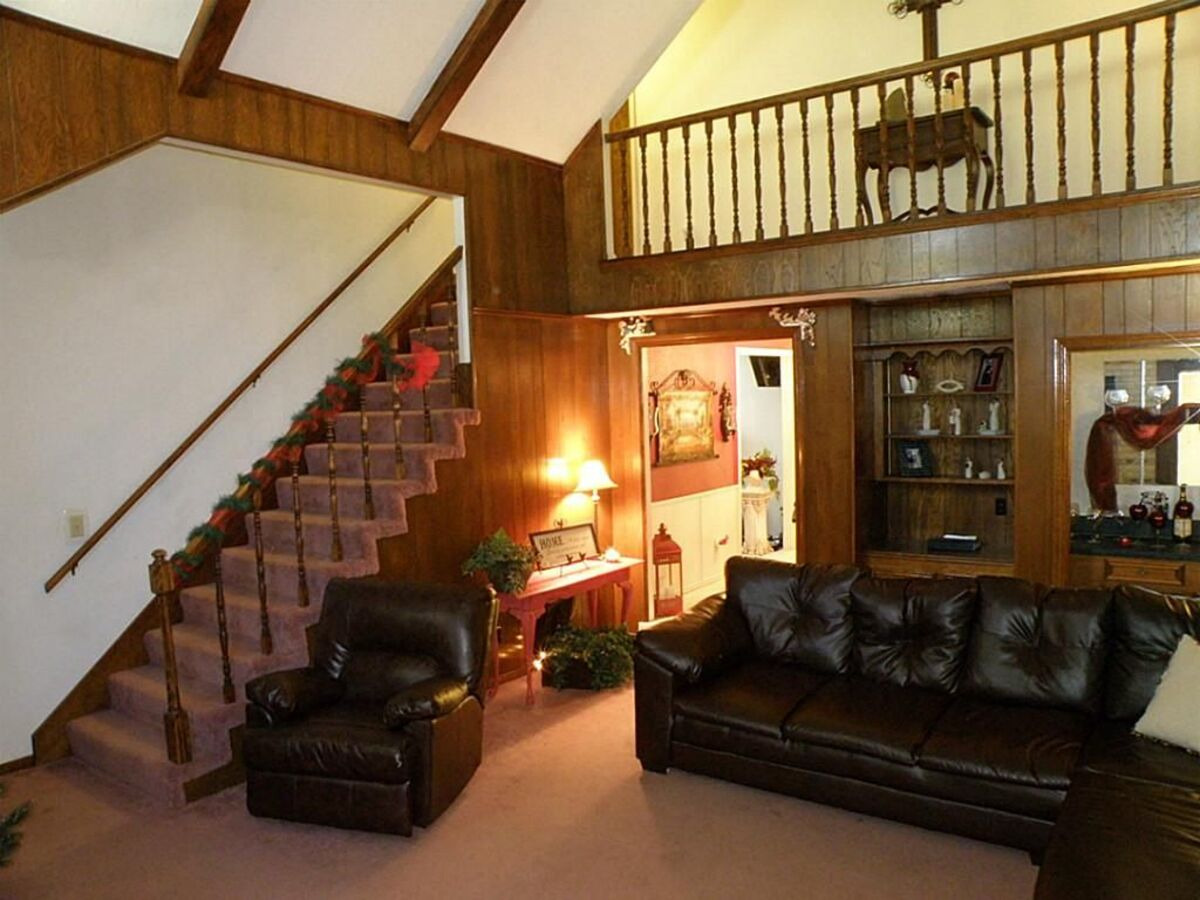
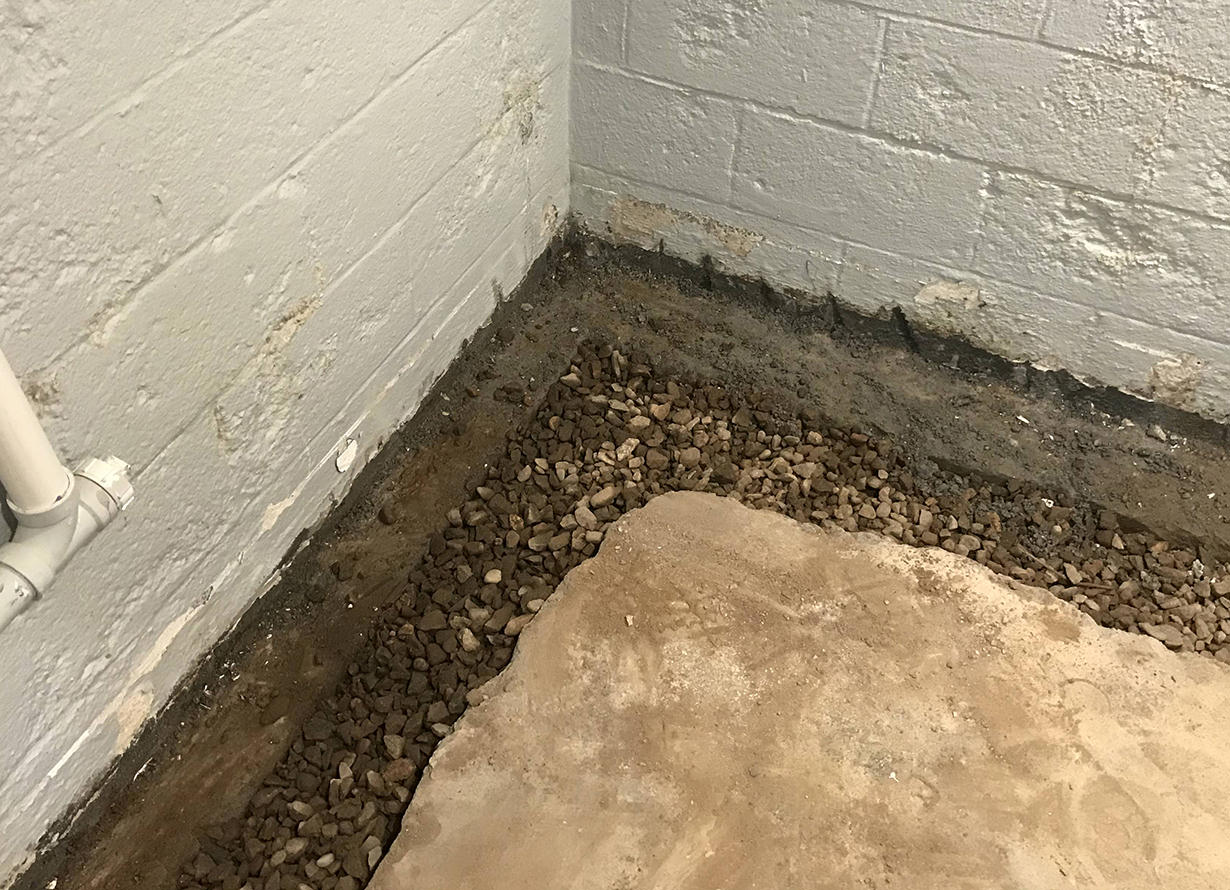
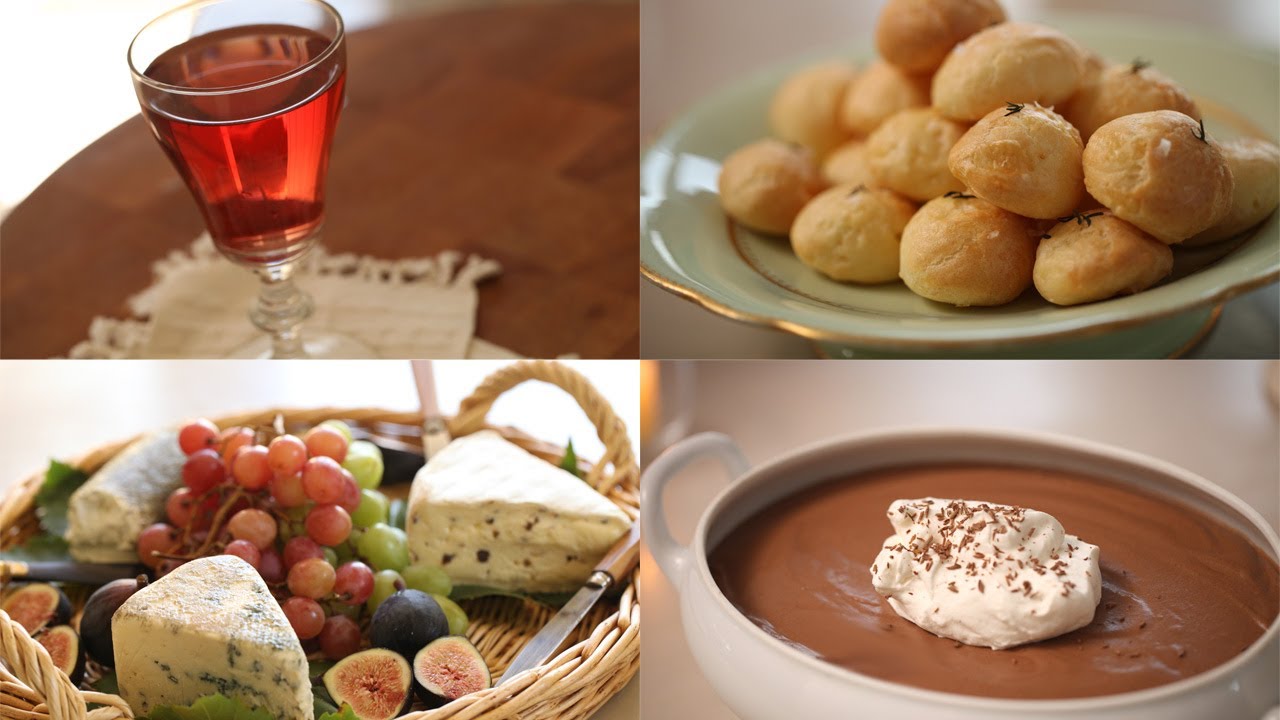
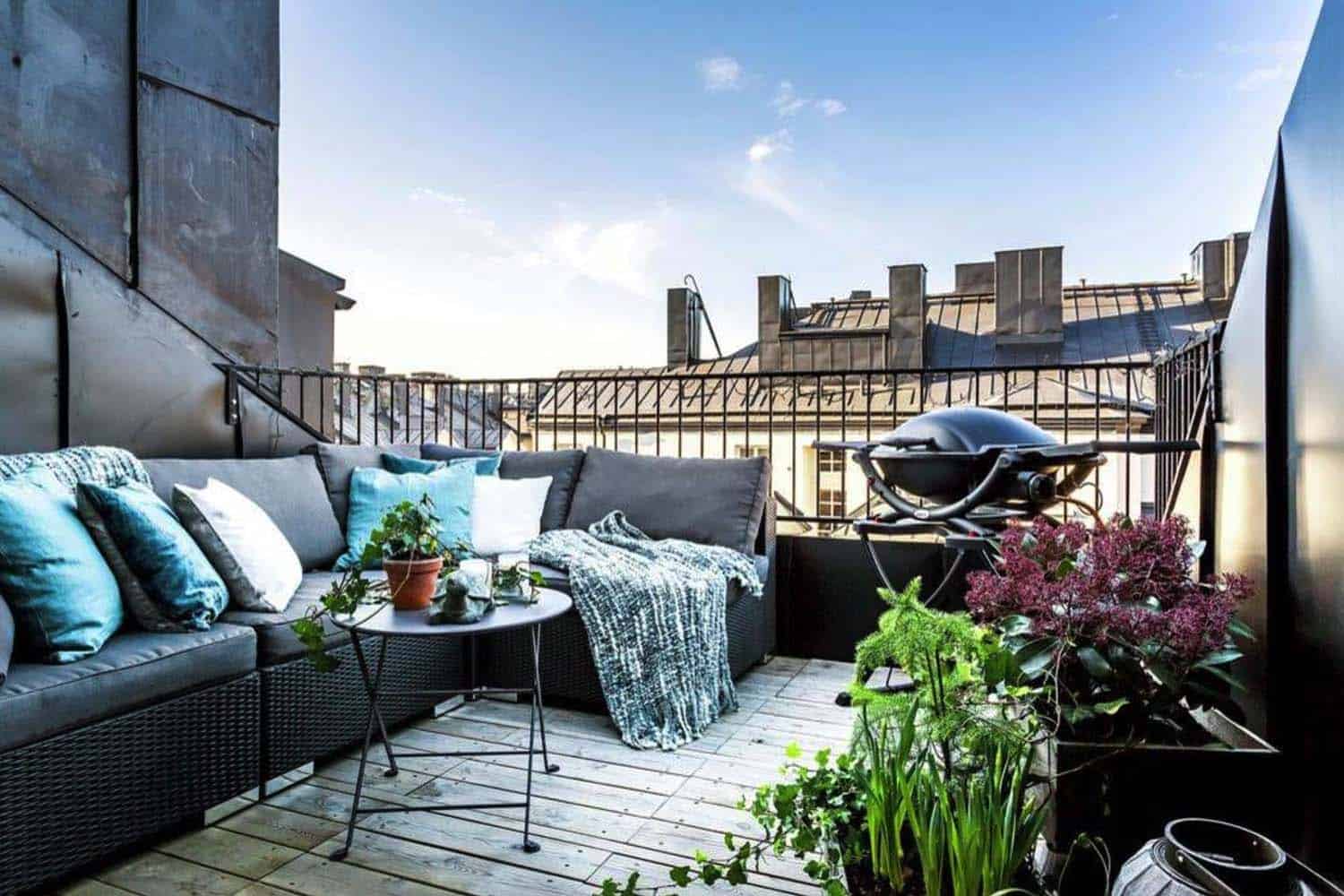
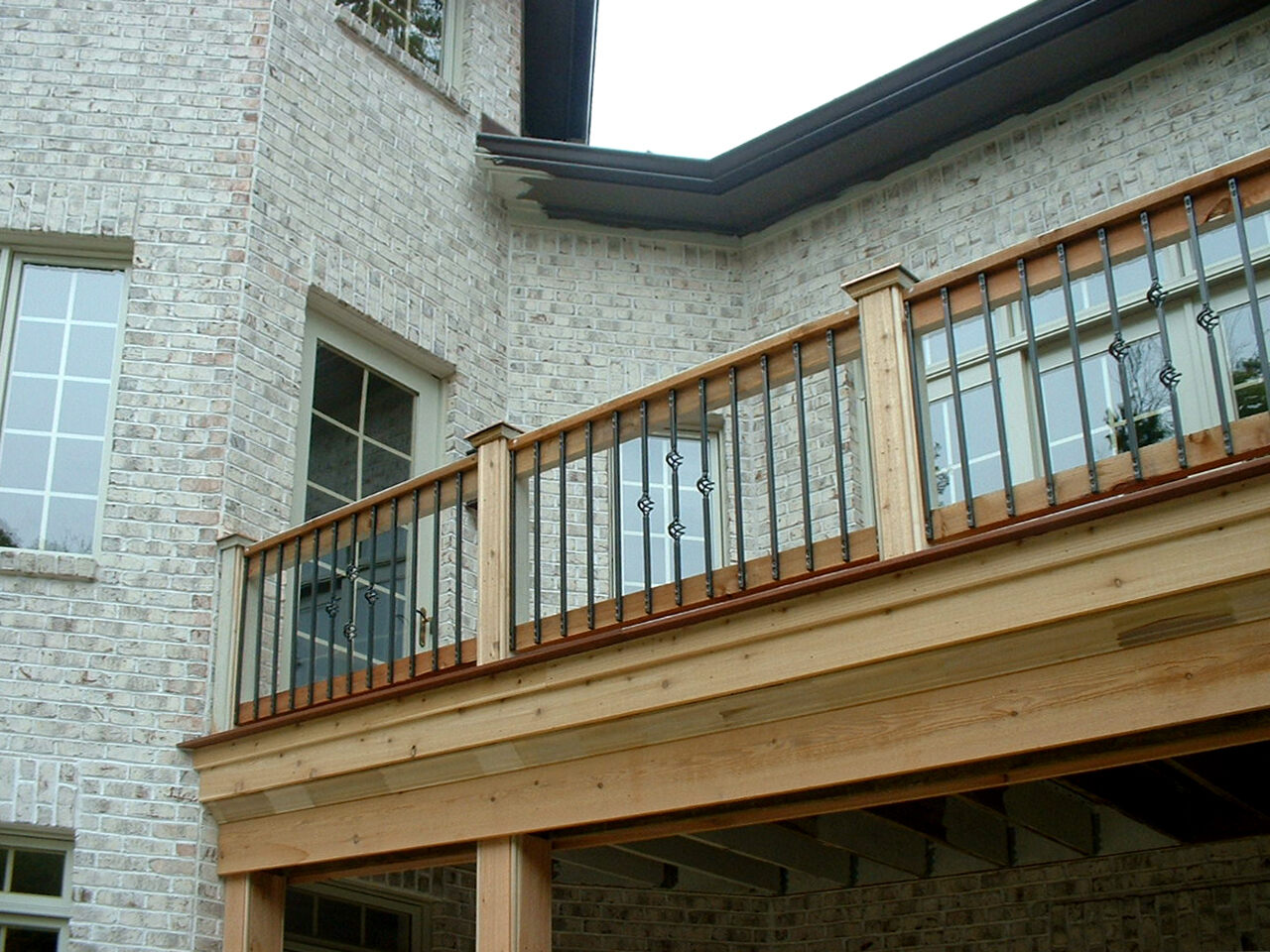
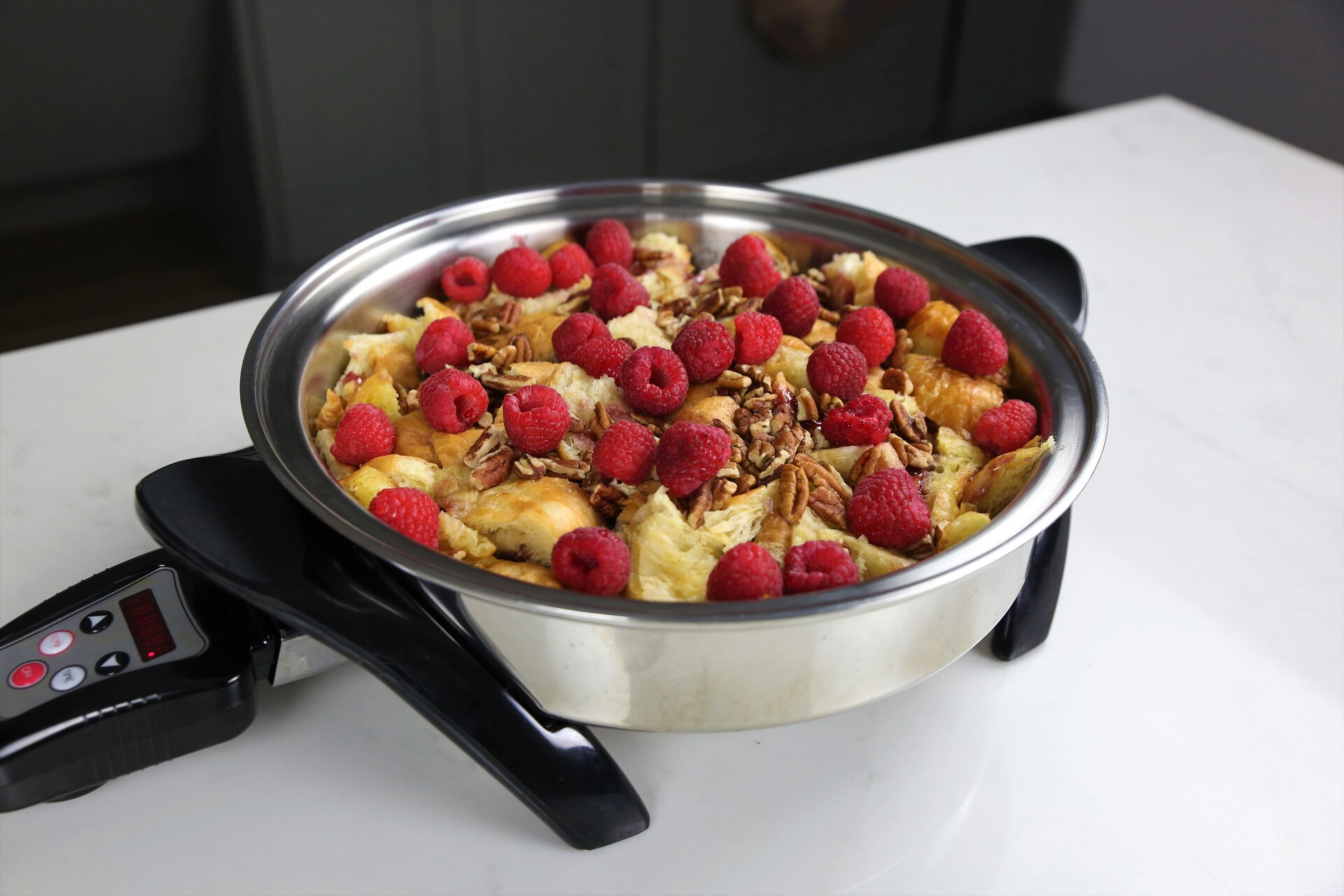
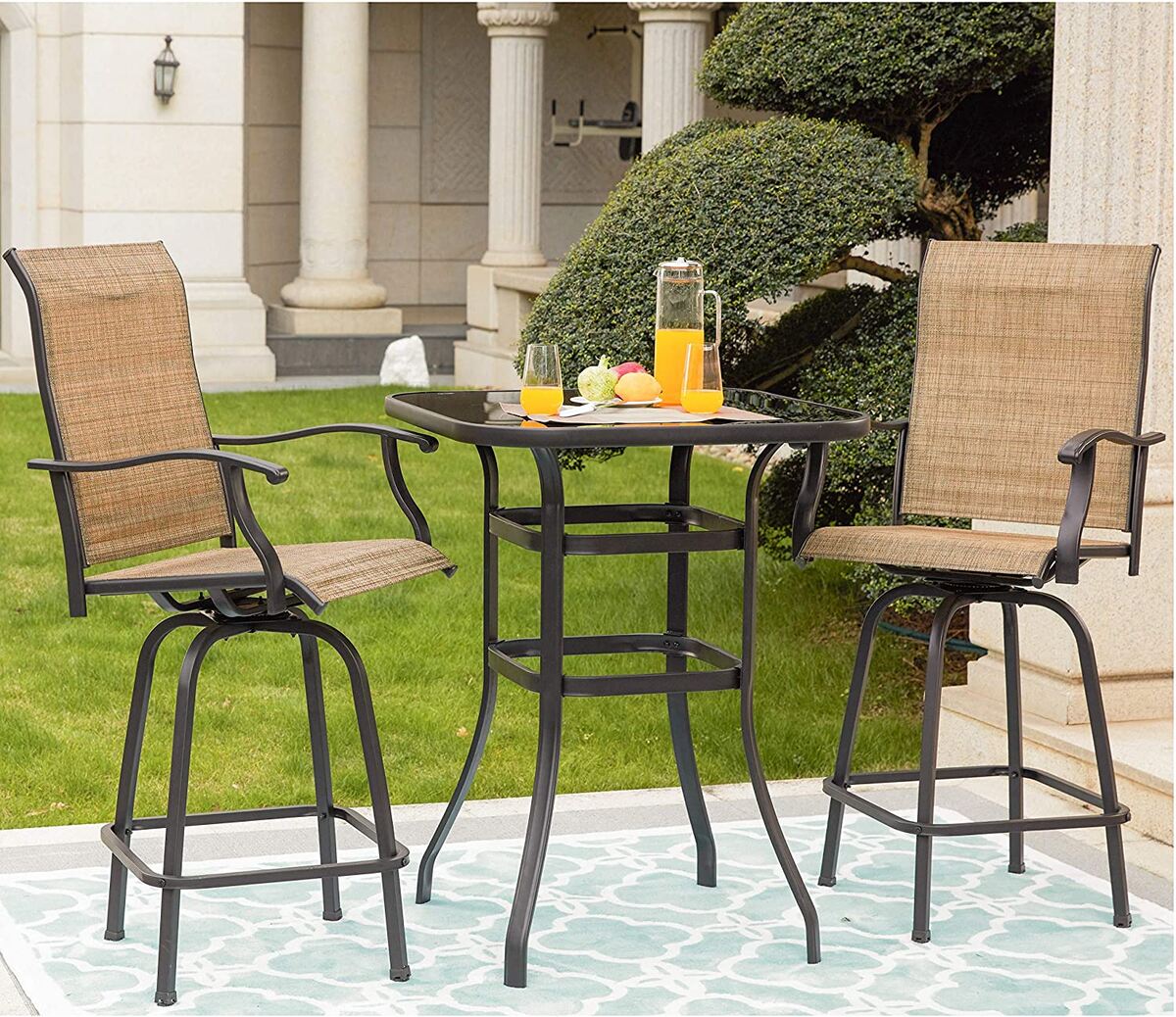

0 thoughts on “What Is A French Balcony?”